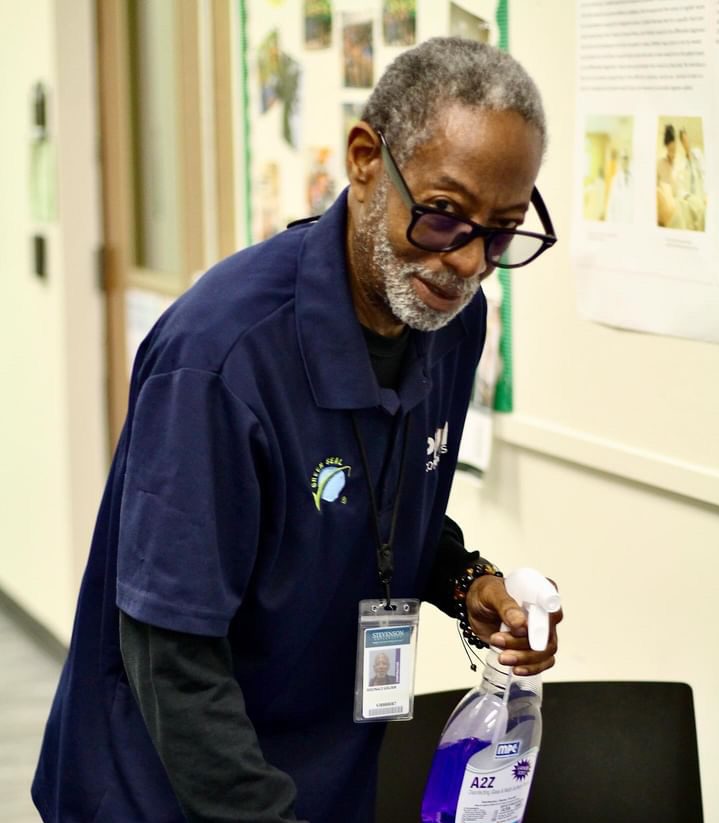October is Breast Cancer Awareness month, and while breast cancer is most often diagnosed in older women, college students, both male and female, should be aware of the causes and signs of this deadly disease.

According to the American Cancer Society, breast cancer is caused by cells in the breast that merge to form a tumor; this tumor is cancerous if the cells invade surrounding tissues or spread to other areas of the body. Breast cancer is most common in women over the age of 50, but young women and even men can be diagnosed with this disease. In fact, according to the Young Survival Coalition, breast cancer is the cause of 15 percent of all cancer diagnoses in young women. Even more concerning, breast cancer tends to be more aggressive in younger patients, resulting in a lower survival rate.
How can breast cancer be prevented? According to the American Cancer Society, women aren’t normally encouraged to get mammograms until they are at least 40 years old. However, younger women and men can take preventative steps and screen themselves for any telltale lumps.
According to the Center of Disease Control and Prevention, this is especially important for anyone who has a family history of breast cancer, or for women who began menstruating before the age of 12.
The Mayo Clinic reported that limiting alcohol consumption and not smoking reduce the risk of developing breast cancer. In a study in 2016, the American Cancer Society and the National Cancer Institute found that being physically active and maintaining a healthy weight can also reduce the risk of developing many types of cancer in addition to breast cancer, including esophageal cancer, blood cancer and stomach cancer.
The Mayo Clinic also encourages women to take birth control as directed; women should discuss with their doctors their best options for different types of birth control because properly balancing hormones can reduce the risk of breast cancer as well.
To screen oneself for breast cancer, the National Breast Cancer Foundation Inc. suggests performing the test in three stages: first in the shower, then in front of a mirror, and then in a lying position. In the shower, women should use a circular motion with the pads of their fingers to feel for any hard lumps in the breast and armpit areas. In front of the mirror, women should inspect their breasts, both with their arms at their sides and raised above their head to make sure their breasts look normal. Women should check for any changes, contour or dimpling of the skin or changes in the nipples. When lying on their side, women should repeat the circular motion they used in the shower and then squeeze their nipples to check for discharge and lumps. For full instructions, women should visit the National Breast Cancer Foundation Inc. website.

The National Breast Cancer Foundation Inc. recommends performing breast self-exams at least once a month. While this will not identify breast cancer before it forms, as mammograms can, self-exams are instrumental in catching breast cancer in the earliest stages, especially for younger women who do not normally have regular mammograms. In fact, the National Breast Cancer Foundation Inc. reported, “Forty percent of diagnosed breast cancers are detected by women who feel a lump, so establishing a regular breast self-exam is very important.”
Those who feel at risk or detect an abnormality during a self-exam should make an appointment with a doctor. The earlier breast cancer is found, the more likely it can be treated. The American Cancer Society reported that women with stage zero or stage one breast cancer have close to a 100 percent five-year survival rate, which is defined as the “percentage of people who live at least five years after being diagnosed with cancer.”
If proper preventative measures are taken, the risk of developing cancer can be decreased, and the likelihood of curing cancer, if diagnosed, is more probable.




































